75 Years Ago, Tucker’s Dream Officially Died
Preston Tucker’s story has been told many times, most notably on the big screen in Francis Ford Coppola’s 1988 film Tucker: The Man and His Dream, but there’s something about Tucker’s “Car of Tomorrow” that never gets old—even though it is. Seventy-five years ago, on March 3, 1949, the automaker’s dream officially ended, when production of the Tucker 48 (sometimes referred to as the Torpedo) was shut down by the U.S. Securities and Exchange Commission amid accusations of stock fraud.
While Coppola and others have suggested Detroit’s Big Three (Ford, General Motors, and Chrysler) had plenty to do with turning Tucker’s dream into a nightmare, South Dakota State University professor George Langelett says “historians have found no evidence of a conspiracy.” In fact, Preston Tucker may have been his own worst enemy.
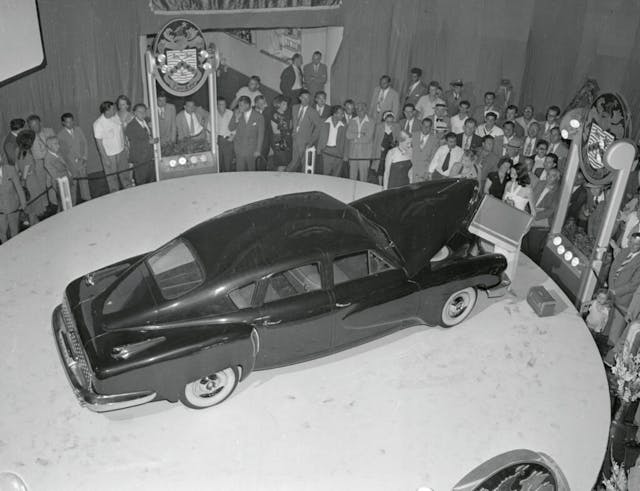
Multiple accounts reveal that the creator of the 1948 Tucker sedan was such a micromanager that he insisted on being involved in even the smallest details of the car, and that often led to production delays. Road & Track reported several years ago that as the futuristic automobile neared production, it still didn’t have a final steering wheel design because Tucker hadn’t yet approved one. So Alex Tremulis, who oversaw the design of the car, reached out to an acquaintance at Lincoln and asked for help. Amazingly, the man (whose name we may never know) offered to supply 50 flawed Lincoln Zephyr steering wheels as long as Tremulis promised to send back 50 Tucker steering wheels when the design was finally ironed out. That never happened, as Tucker built only 50 production cars, as well as the original prototype, known as the Tin Goose.

The cutting-edge Tucker 48 boasted a rear-mounted flat-six engine and safety features like seat belts, a pop-out windshield, a padded dash, and a center-mounted headlight that turned with the steering wheel—a Lincoln Zephyr steering wheel, as it turns out.
Just as the Tucker seemed poised to take the automotive world by storm, however, a tornado of trouble brought it down. According to Hagerty Drivers Club magazine, “The summer of 1948 should have been a victory lap for Preston Tucker. The Tucker 48 sedan was finally starting to come off the assembly line at a gigantic former airplane engine factory on the South Side of Chicago. He had been riding a wave of tremendous publicity from an adoring public, who were dazzled by the vision of this singular man to put them behind the wheel of something new and different, a car better than the warmed-over versions of prewar designs that Detroit was peddling. His stock offering had been a tremendous success, with 44,000 Americans buying into his dream and helping the Tucker Corporation raise some $15 million in development funds.
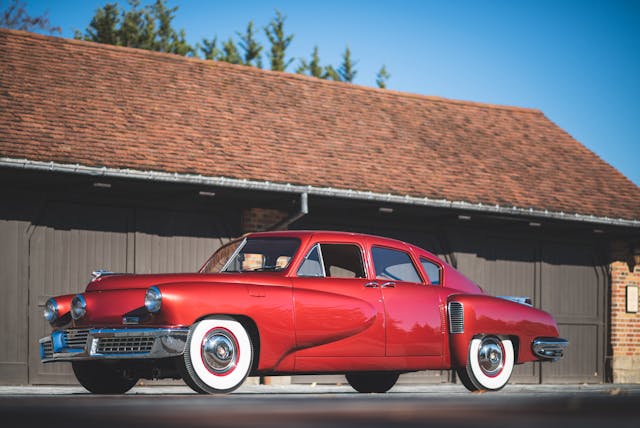
“Tucker was just getting the taste of that success when, on June 6, 1948, Drew Pearson, a well-connected muckraker in Washington, D.C., told listeners of his widely distributed radio show that the Securities and Exchange Commission had launched an investigation into Preston Tucker and his stock plan that would ‘blow Tucker higher than a kite.’ Four days later, Pearson followed up in his national newspaper column, The Washington Merry-Go-Round, declaring that ‘the ax is falling on Preston Tucker, the revolutionary automobile man, and falling hard.’ The War Assets Administration, Pearson gleefully wrote, had denied Tucker’s bid to purchase a steel factory in Cleveland, which the automaker desperately needed to provide sheetmetal for its cars, and that Tucker the man and Tucker the company were also being investigated by the FBI, the SEC, and a U.S. Senate committee.”
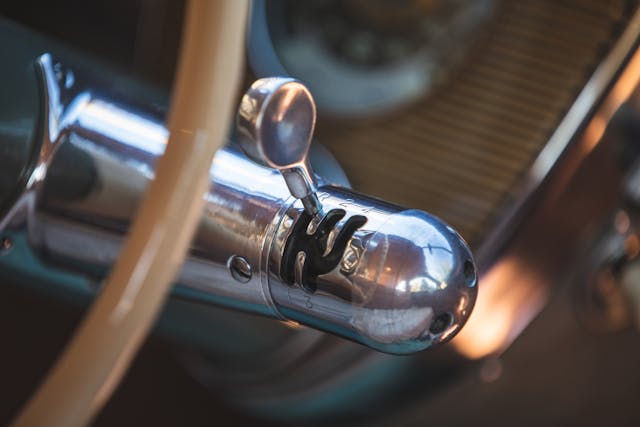
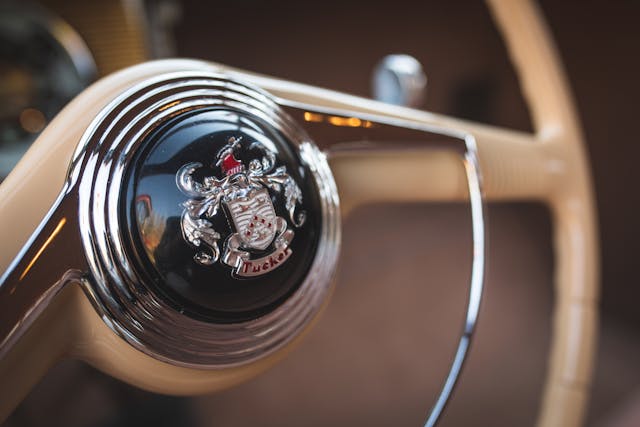



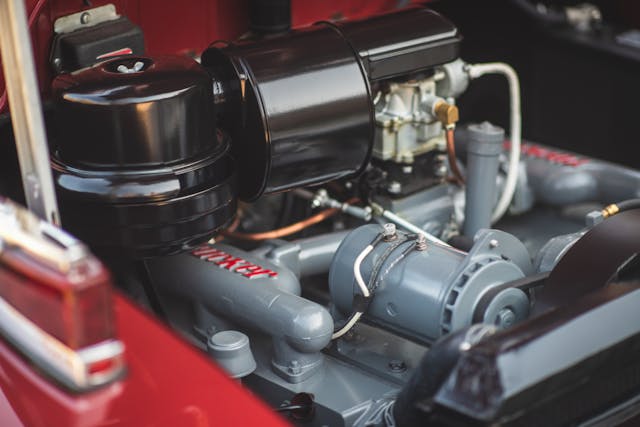
Tucker was eventually acquitted of all charges, but by then his company was dead. He had tried everything to keep it afloat, but it wasn’t enough. He died in 1956 while working on his next car design.
Professor Langelett, writing in The Journal of Private Enterprise, attempted in 2008 to answer the question: “What Caused the Tucker Automobile Corporation to Fail?” He concluded that instead of the popular Big Three conspiracy theory, “historical evidence suggests that the demise of the Tucker Corporation was the result of two problems. First, the company’s lack of financial planning led to continual crises. Tucker’s refusal to utilize conventional bank loans combined with the company’s attempt to sell dealerships and stock before building a car prototype scared away normal venture capital. Second, unable to sell additional stock or dealerships, the Tucker Corporation needed money to start producing cars. With no inventory to sell and the SEC’s determination that pre-selling car features was illegal, the Tucker Corporation was financially bankrupt.”

Regardless of who was most responsible for the automaker’s demise, the car lives on 75 years later, and the enthusiasm of Tucker fans never seems to fade. Mark Lieberman, whose company, Nostalgic Motors, offers restoration, parts, and service for Tucker survivors, told Hagerty last summer that the Tucker 48 is popular for many reasons, some of them unconventional.
“Most people become a loyalist to a specific car because of its physical attributes or their past experience with it,” Lieberman said. “Tucker fans are attracted to the story, the history, the people, and the car itself. There is a lot to love, even if you’ve never seen one in person.”
***
Check out the Hagerty Media homepage so you don’t miss a single story, or better yet, bookmark it. To get our best stories delivered right to your inbox, subscribe to our newsletters.
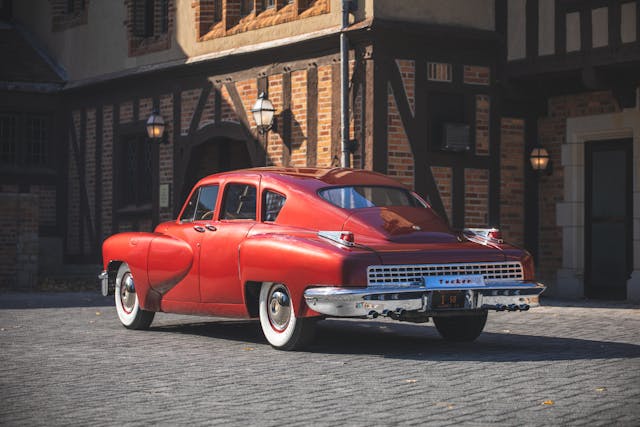


While Detroit did not do anything to help Tucker made a ton of mistakes.
We even saw this with Musk where he talked stoves when he should not. He wanted Gull wing doors on a minivan that did not need them.
Even HF1 nearly drove Ford into the ground till Edsel got him to finally advance the brand.
Most companies have a solid team to lead ad one man can be the best and worst thing.
I can accept the conclusion that Tucker himself was ultimately responsible for the failed complaint, but whatever happened to the machinery and casts? Why didn’t a company with the means to provide those materials buy everything out of bankruptcy and start production again?
This would have been perfect for Kaiser-Frazier, with Henry’s steel mill, excellent repoir with the government and tons of connections with suppliers.
I would think the companies that could afford it did not need or want it and the companies that needed it like Kaiser could not afford it.
You also had a car that was seen as a failure back then. People did not hear the other parts of the story and they saw the car in much the way many saw the Edsel. Fair or not the media back then was not kind to the car.
Also it was an innovative car but it was not a perfect car either.
Tucker was the best and worst thing this car ever had. He was like Musk a great promoter but he made mistakes others found and used them to stop him.
The production line for this car was not exactly full scale. It was like a pilot line and much was hand assembled. There was still much work to do on this car, Not even all of the production cars are exactly alike.
I have heard the parts were changed even over the limited production.
Thank the Senator from Michigan who 75 years ago Killed among others . The industry at that time were against changes that would cost them money. They were behind in safety feature among other items .
That was the key. They did not fear the car but they feared the changes or the cost of the changes it would bring.
LOL oh you can’t prove a conspiracy 75 years later with the big three LOL and the CEO that took over the company that was in cahoots with the big three and of course the people that took the factory in Chicago were connected to the big three LOL it’s like saying that nobody found a conspiracy to kill Jimmy Hoffa….